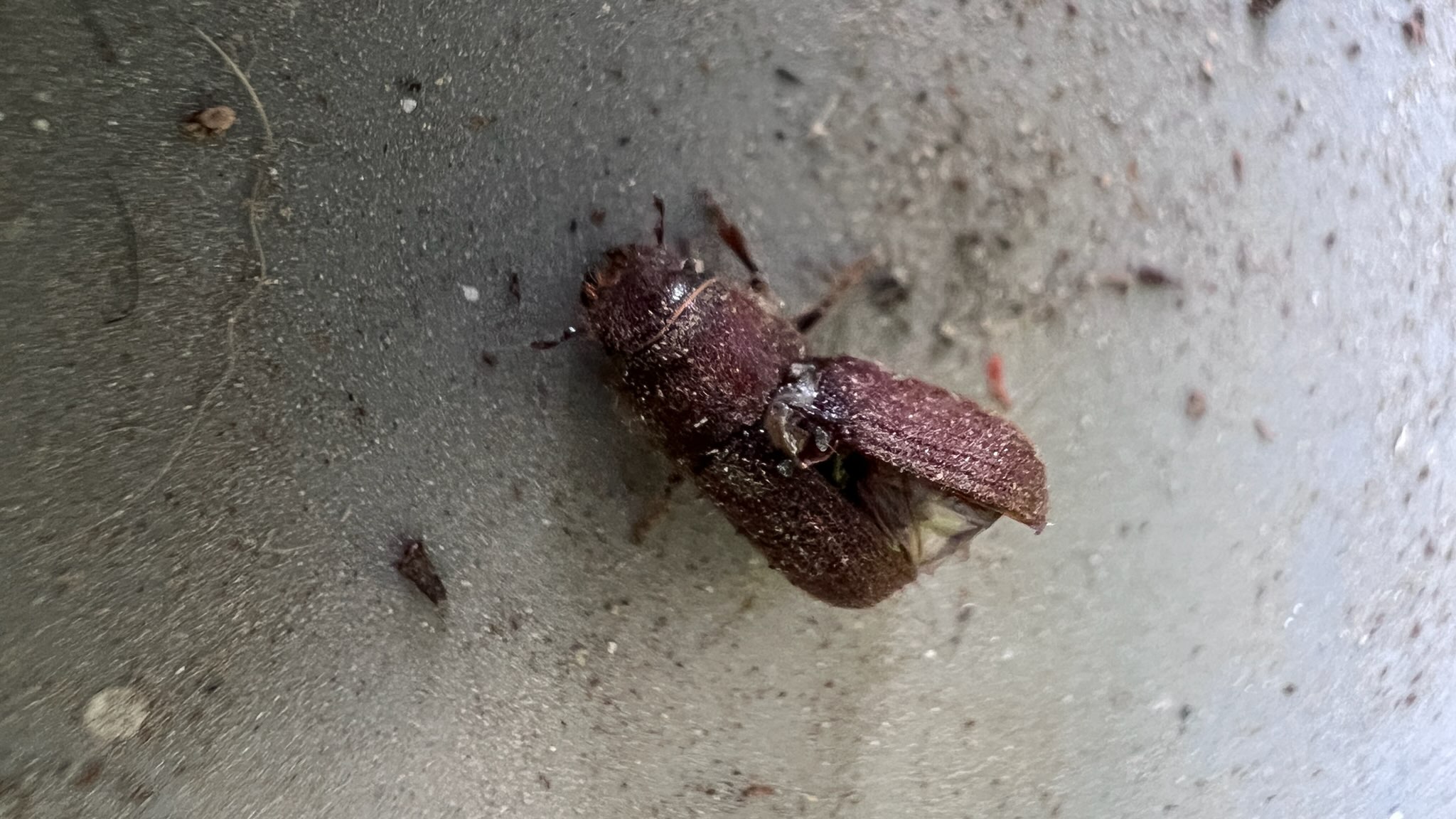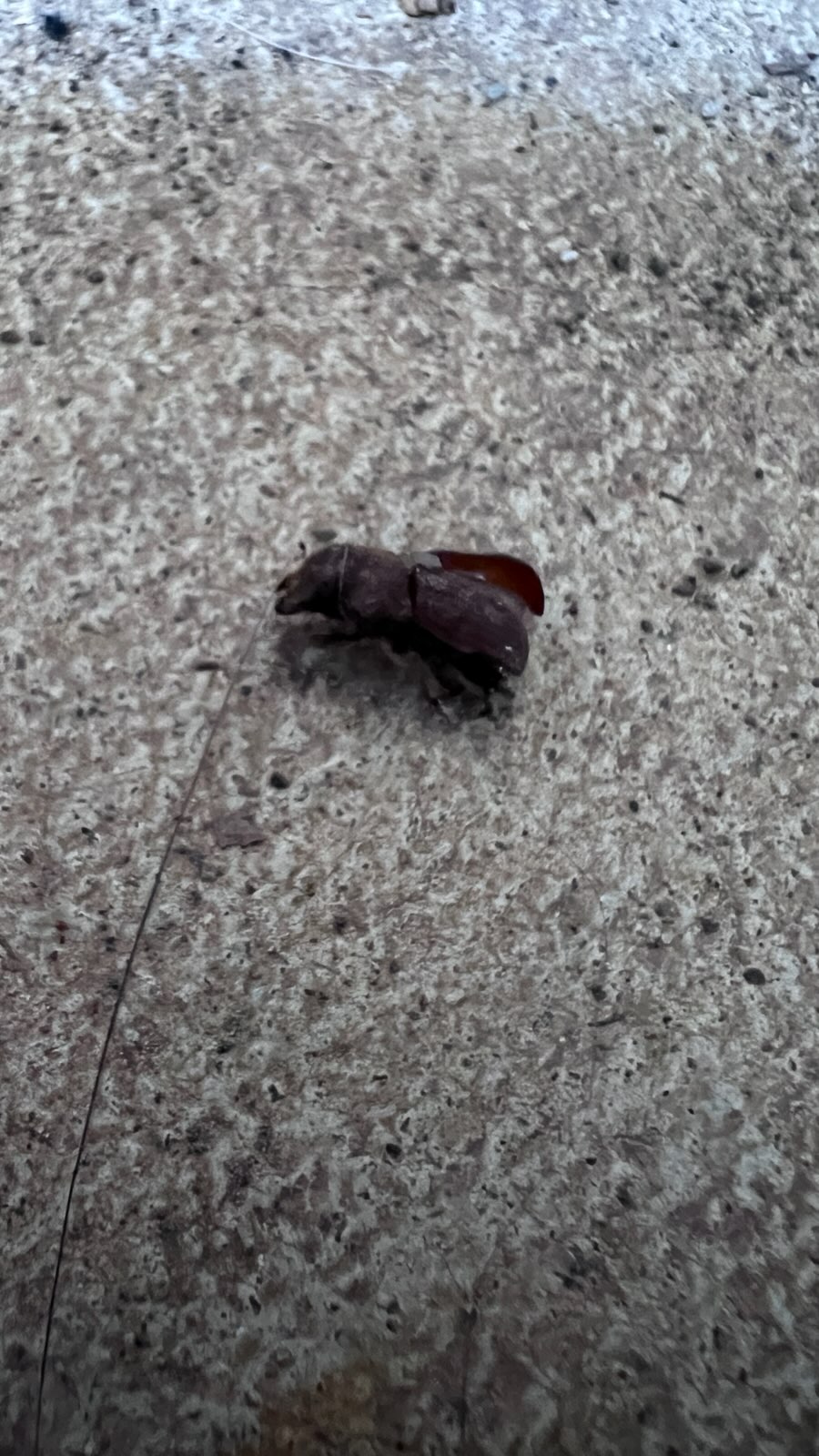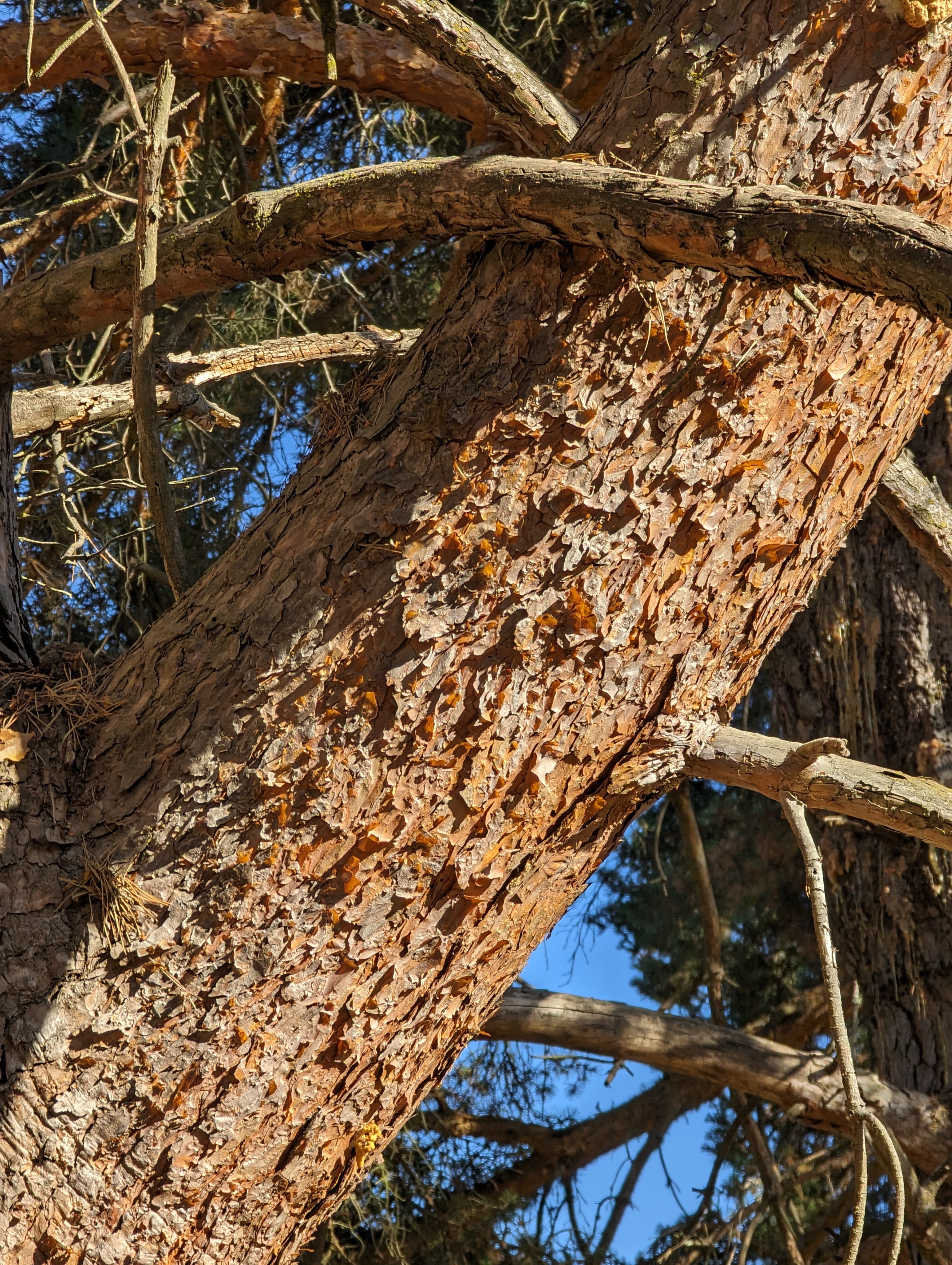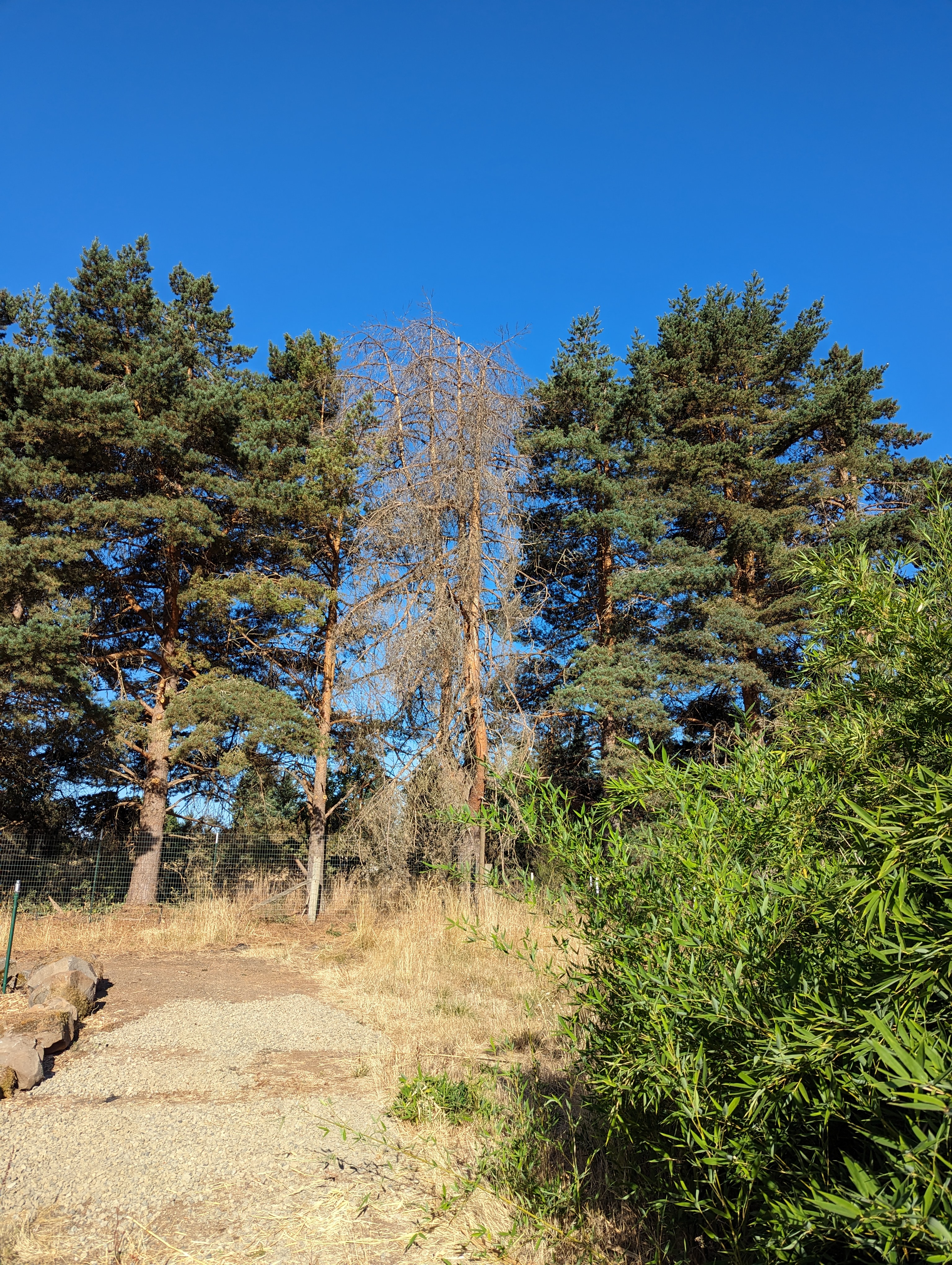unknown on Aug 22, 2023
Originally reported as Emerald Ash Borer (Agrilus planipennis)
Submitter does not have a specimen
Description of specimen
I google lensed the insect and it identified. It was shiny emerald and fit the exact description of the emerald ash borer. This is very concerning since I know they are only known to infect ash trees!





https://www.oregon.gov/oda/programs/IPPM/SurveyTreatment/Documents/EABLookAlikes.pdf
Tom Valente
Aug. 22, 2023, 1:43 a.m.
Wyatt Williams
Aug. 22, 2023, 7:53 a.m.
Here is the ODF fact sheet on Mountain pine beetle:
https://www.oregon.gov/odf/Documents/forestbenefits/MountainPineBeetle.pdf
Wyatt Williams
Aug. 23, 2023, 3:14 a.m.
Here is the ODF fact sheet on western red cedar mortality:
https://www.oregon.gov/odf/Documents/forestbenefits/TreeDeclinesRedcedar.pdf
Wyatt Williams
Aug. 23, 2023, 3:18 a.m.
Western cedar borer is #4 in the EAB lookalike guide that Tom posted above:
https://www.oregon.gov/oda/programs/IPPM/SurveyTreatment/Documents/EABLookAlikes.pdf
Wyatt Williams
Aug. 23, 2023, 3:23 a.m.